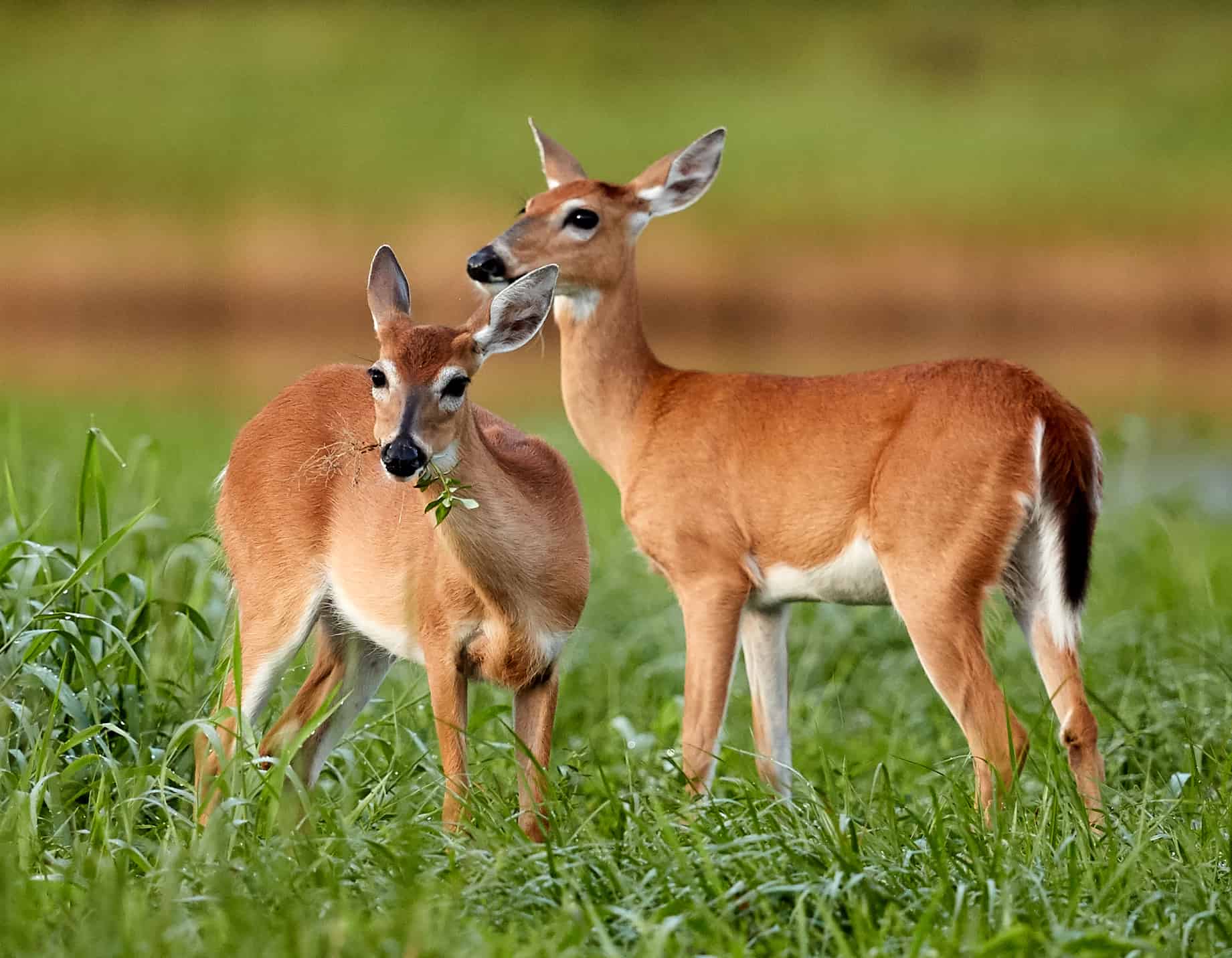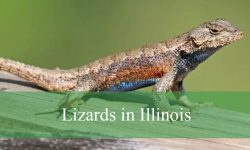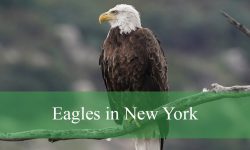The white-tailed deer is an iconic symbol of North America, and in Florida, this species carries unique traits and behaviors adapted to the state’s warm climate and diverse ecosystems. Known scientifically as Odocoileus virginianus seminolus, the Florida white-tailed deer is a subspecies with fascinating secrets related to its habitat preferences, feeding habits, behavior, and survival strategies.
Understanding these aspects not only enriches wildlife enthusiasts’ knowledge but also helps in conservation and management efforts. In this article, we will explore the many facets of the white-tailed deer in Florida, shedding light on their world like never before.
The Unique Habitat of Florida’s White Tailed Deer

Florida’s geography offers a wide variety of environments, and the white-tailed deer here have adapted to thrive in many of them. Unlike their northern cousins, which endure harsh winters and thick snow, Florida’s deer live in a mostly subtropical and tropical climate. This environment shapes their habitat preferences and daily routines.
The deer favor areas where food and cover are abundant. Forested regions such as pine flatwoods, hardwood forests, and mixed woodlands provide ideal shelter from predators and weather. These areas also offer plenty of browse, including leaves, shrubs, and grasses. Moreover, swamps and marshes form part of their range, especially in the Everglades and other wetland systems, where deer navigate carefully through waterlogged terrain.
In many parts of Florida, deer have also adapted to suburban and agricultural landscapes. Urban sprawl and development have encroached on their natural habitat, but deer show remarkable adaptability. They often inhabit parks, golf courses, and residential neighborhoods, where ornamental plants and lawns become additional food sources. This proximity to human settlements sometimes leads to conflicts, but it also indicates the deer’s flexible nature.
Behavior and Daily Life Patterns
The behavior of Florida’s white-tailed deer reflects adaptations to both the climate and local predators. These deer are primarily crepuscular, which means they are most active at dawn and dusk. This timing helps them avoid the heat of the day while also reducing the risk of encountering humans or predators. During the hotter midday hours, deer often rest in shaded thickets or dense vegetation to conserve energy and stay cool.
Socially, white-tailed deer in Florida tend to live in small family groups, usually composed of does and their young. Bucks are often solitary outside of the breeding season, marking territories and competing for mates. Their communication involves body language, vocalizations, and scent marking. For example, deer use their white tail as a warning signal by flashing it when alarmed to alert others of potential danger.
Another fascinating behavioral trait involves their seasonal breeding cycle. Florida’s warm climate allows for a longer and less synchronized breeding season compared to deer in northern states. This means fawns can be born at various times throughout the year, improving their chances of survival. The rut, or mating season, generally occurs in the fall but can extend beyond due to environmental factors.
Feeding Habits and Diet
The diet of Florida’s white-tailed deer is highly varied and reflects the diverse plant life available year-round. As herbivores, they consume a wide range of vegetation depending on seasonal availability and habitat. Their diet includes leaves, twigs, fruits, nuts, grasses, and even agricultural crops.
In forested areas, deer browse on leaves and buds of trees and shrubs such as oaks, maples, and wax myrtle. During certain seasons, they also consume fruits like persimmons and saw palmetto berries. In wetlands, aquatic plants supplement their diet. The diversity of food sources helps maintain their nutritional needs and allows them to thrive even when certain plants are scarce.
Interestingly, Florida’s mild winters mean deer do not face extreme food shortages as often as northern populations do. This abundance affects their feeding behavior by reducing the need for long migrations or intense foraging. Instead, they tend to remain within a home range, making selective feeding choices that maximize nutrition and minimize energy expenditure.
Adaptations to Florida’s Climate and Environment
One of the most intriguing aspects of Florida’s white-tailed deer is their physiological and behavioral adaptations to the state’s warm climate. Unlike deer in colder regions that develop thick winter coats, Florida deer maintain lighter, thinner fur throughout the year. Their reddish-brown summer coat shifts to a duller gray-brown in the winter, providing camouflage suited to the seasonal vegetation changes.
Heat tolerance is essential for survival in Florida’s hot and humid conditions. To regulate body temperature, deer seek shade during the day and limit movement to cooler periods. Additionally, they rely on water sources such as rivers, ponds, and swamps for hydration and cooling.
Predation pressure also shapes deer behavior. Natural predators in Florida include coyotes, bobcats, and alligators, especially near water bodies. The deer’s alertness and agility help them avoid these threats, and their ability to leap fences and navigate difficult terrain adds to their survival toolbox.
Conservation and Human Impact
The white-tailed deer population in Florida has been influenced by human activity over centuries. Early settlers hunted deer extensively, but modern wildlife management practices have helped stabilize and even increase their numbers. Today, regulated hunting seasons and habitat conservation programs aim to balance deer populations with ecological health and human interests.
Urbanization and habitat fragmentation pose ongoing challenges. As natural habitats shrink, deer may come into greater contact with roads, leading to vehicle collisions, and residential areas, increasing encounters with people and pets. Wildlife corridors and conservation easements help mitigate these impacts by maintaining natural movement routes for deer and other animals.
Education and awareness play critical roles in promoting coexistence. Understanding deer behavior, avoiding feeding wildlife, and securing gardens and crops can reduce conflicts. Additionally, supporting conservation efforts ensures that Florida’s white-tailed deer continue to thrive in a changing landscape.
Interesting Facts About Florida’s White Tailed Deer
Florida’s white-tailed deer are full of surprising traits and behaviors. For example, their antlers, which males grow and shed annually, can vary greatly in size depending on nutrition and genetics. Bucks use these impressive structures during the rut to compete for mates through displays and sparring.
Another fascinating fact is their exceptional sense of smell and hearing. These senses allow deer to detect predators and humans from a considerable distance, enhancing their ability to escape danger.
Fawns born in Florida display white spots that fade as they mature. These spots provide excellent camouflage in dappled sunlight and dense vegetation, helping protect the young from predators during their vulnerable first months.
Finally, the species’ adaptability is remarkable. Despite environmental pressures, Florida’s white-tailed deer continue to flourish in diverse settings, from wilderness areas to suburban backyards, embodying resilience and ecological balance.
FAQs About White Tailed Deer in Florida
What Type of White Tailed Deer Lives in Florida?
The white-tailed deer found in Florida is a subspecies called Odocoileus virginianus seminolus. It is smaller and lighter in color compared to northern white-tailed deer and is well adapted to Florida’s warm climate and diverse habitats.
Where Do White Tailed Deer in Florida Live?
Florida’s white-tailed deer inhabit a variety of environments including pine flatwoods, hardwood forests, swamps, and even suburban areas. They thrive in places where food and cover are abundant, such as forest edges, wetlands, and agricultural lands.
What Do Florida’s White Tailed Deer Eat?
Their diet consists mainly of leaves, twigs, fruits, nuts, grasses, and agricultural crops. The availability of diverse plants throughout the year allows them to maintain a balanced diet without the need for long migrations.
How Do White Tailed Deer Adapt to Florida’s Climate?
Florida deer have thinner, lighter coats compared to northern deer, reflecting the warmer weather. They are mostly active during dawn and dusk to avoid heat and often rest in shaded areas during the day. Their behavior and physiology help them regulate body temperature effectively.
Are White Tailed Deer in Florida Protected?
Yes, white-tailed deer in Florida are protected under state wildlife laws. Regulated hunting seasons and conservation programs help maintain balanced populations while protecting the species and their habitat.
Conclusion
The white-tailed deer in Florida is a remarkable example of nature’s ability to adapt and thrive in varied environments. Their unique habitat preferences, behavioral patterns, diverse diet, and physiological adaptations reflect a species well-suited to the Sunshine State’s climate and landscapes. For residents and visitors alike, observing these graceful animals offers insight into Florida’s rich wildlife heritage.
Understanding the secrets of Florida’s white-tailed deer also supports conservation efforts, helping maintain healthy populations amid human development. By appreciating their role in the ecosystem and learning how to coexist peacefully, we can ensure that these iconic creatures continue to be a vibrant part of Florida’s natural world for generations to come.






